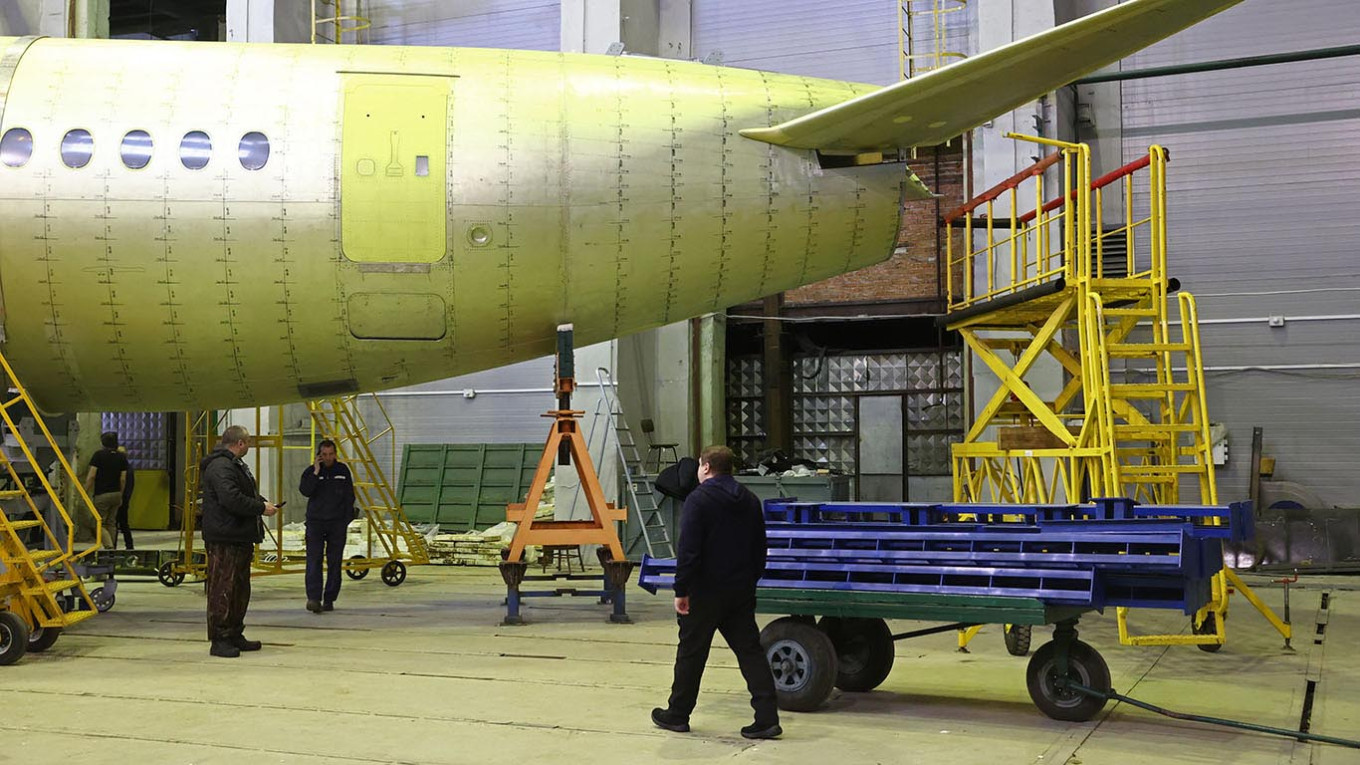A Russian electronics firm that provides power components for military jets and commercial aircraft, such as the Sukhoi Superjet, has ceased operations and is facing potential bankruptcy, as reported by the tech publication Cnews.
Optron-Stavropol, known for supplying power semiconductors to aircraft manufacturers like MiG, Sukhoi, and Tupolev, as well as the forthcoming MC-21 airliner, suspended its operations in March.
The company posted a net loss exceeding 149 million rubles (around $1.7 million) in 2024 alone, and by June, its debts to creditors had escalated to 230 million rubles ($3 million).
With its bank accounts frozen and debts mounting, the firm has stated that it can no longer maintain its business activities.
Pavel Bondarenko, the company’s leader, attributed the crisis to defense contracts that compel the company to sell at prices dictated by the state, which are significantly lower than its production costs.
According to Russian legislation governing state defense orders, the military sets the prices for dual-use products.
For instance, the price established by the Defense Ministry for a single diode is 2,600 rubles ($33) per unit, while the company would need to charge 3,600 rubles ($46) to break even on production costs.
Bondarenko explained, “The company cannot meet its expenses and has been forced to lay off employees.”
Alexei Novosyolov, the general director of microchip manufacturer PKK Milandr, mentioned to CNews that “The Defense Ministry insists that the lowest costs should be taken into account for pricing, and its representatives often exploit this power, ultimately resulting in financial losses for manufacturers.”
He also remarked that companies unwilling to fulfill government defense contracts risk losing a significant client and facing state-imposed penalties.
Bondarenko added that the Prosecutor General’s Office has begun an investigation into Optron-Stavropol’s financial situation following the company’s nine meetings with the Ministry of Industry and Trade.
“The prosecutor’s review found no criminal infractions or signs of misappropriation of state defense funds,” he informed CNews.
The company has been grappling with ongoing financial challenges since 2016 and had previously signaled the possibility of closure in 2021, during which it also downsized its workforce.
In 2021, Ivan Pokrovsky, who leads the Association of Russian Developers and Manufacturers of Electronics, remarked that Optron-Stavropol has long focused on producing “older technologies specifically maintained for military applications.”
He added, “These technologies are not competitive outside of defense contracts. If a larger, more successful power electronics manufacturer acquires the company’s assets, it might be feasible to preserve both the workforce and the technological resources. However, it could also be easier and more lucrative for shareholders to simply sell the facility’s real estate,” Pokrovsky stated at that time.

